The sound of an orchestra playing is a thrilling experience. An orchestra is a group of musicians who play musical instruments. Some orchestras have more than 100 musicians. Yet when they play together, the orchestra sounds like one mighty musical instrument.
ORCHESTRAS AROUND THE WORLD
Most of us think of a symphony orchestra that plays classical music when we hear the word orchestra. But there are other kinds of orchestras in different parts of the world. Indonesia, for example, has the gamelan. The gamelan is an orchestra made up of drums, xylophones, gongs, chimes, and other percussion instruments. In Russia, a balalaika orchestra includes many different sizes of stringed instruments called balalaikas.
SECTIONS OF A SYMPHONY ORCHESTRA
The instruments in a symphony orchestra belong to four different groups. These groups are known as the string, woodwind, brass, and percussion sections.
More than half the instruments in an orchestra belong to the string section. The instruments in the string section are violins, violas, cellos, and double basses. The violin can play the highest notes of all the stringed instruments, so the violins often play the tune. The violins are split into two groups known as first and second violins.
The woodwind section is usually made up of flutes, oboes, clarinets, and bassoons. The woodwinds sometimes carry the melody. The sounds of the woodwinds also blend and contrast with the sounds of the strings. Some composers have written music for additional woodwinds, such as the piccolo, bass clarinet, or double bassoon.
The brass section is made up of French horns, trumpets, trombones, and a tuba. The brass instruments play loud peaks in the music and impressive solo (single instrument) passages.
The most important members of the percussion section are the drums. Orchestras usually have several kettle drums. Each kettle drum sounds a different note when it is played. Other percussion instruments include the snare drum, bass drum, cymbals, xylophone, and triangle. The percussion instruments are used to produce loud sounds and to emphasize rhythms.
In addition to these four main sections, the symphony orchestra often has extra instruments such as a harp or a piano.
THE CONDUCTOR
The musicians in an orchestra have to play together. A conductor stands in front of the orchestra. He or she directs the players with hand movements to keep them in time. Most conductors hold a short white stick called a baton. The baton makes it easier for the players to see the conductor’s movements.
The conductor decides where everyone in the orchestra will sit. The usual seating arrangement has the string section at the front. The violins sit to the left of the conductor. The violas, cellos, and double basses sit to the conductor’s right. The woodwind and brass sections sit behind the strings. The percussion section is at the back.
KINDS OF ORCHESTRAS
There are different kinds of orchestras. A symphony orchestra plays symphonies and other classical music at performances called concerts. An opera orchestra accompanies the singers in an opera—a drama where words are sung rather than spoken. A ballet orchestras play the music for a kind of dance called a ballet. Opera orchestras and ballet orchestras have the same sections as symphony orchestras. A standard symphony, opera, or ballet orchestra has about 100 musicians.
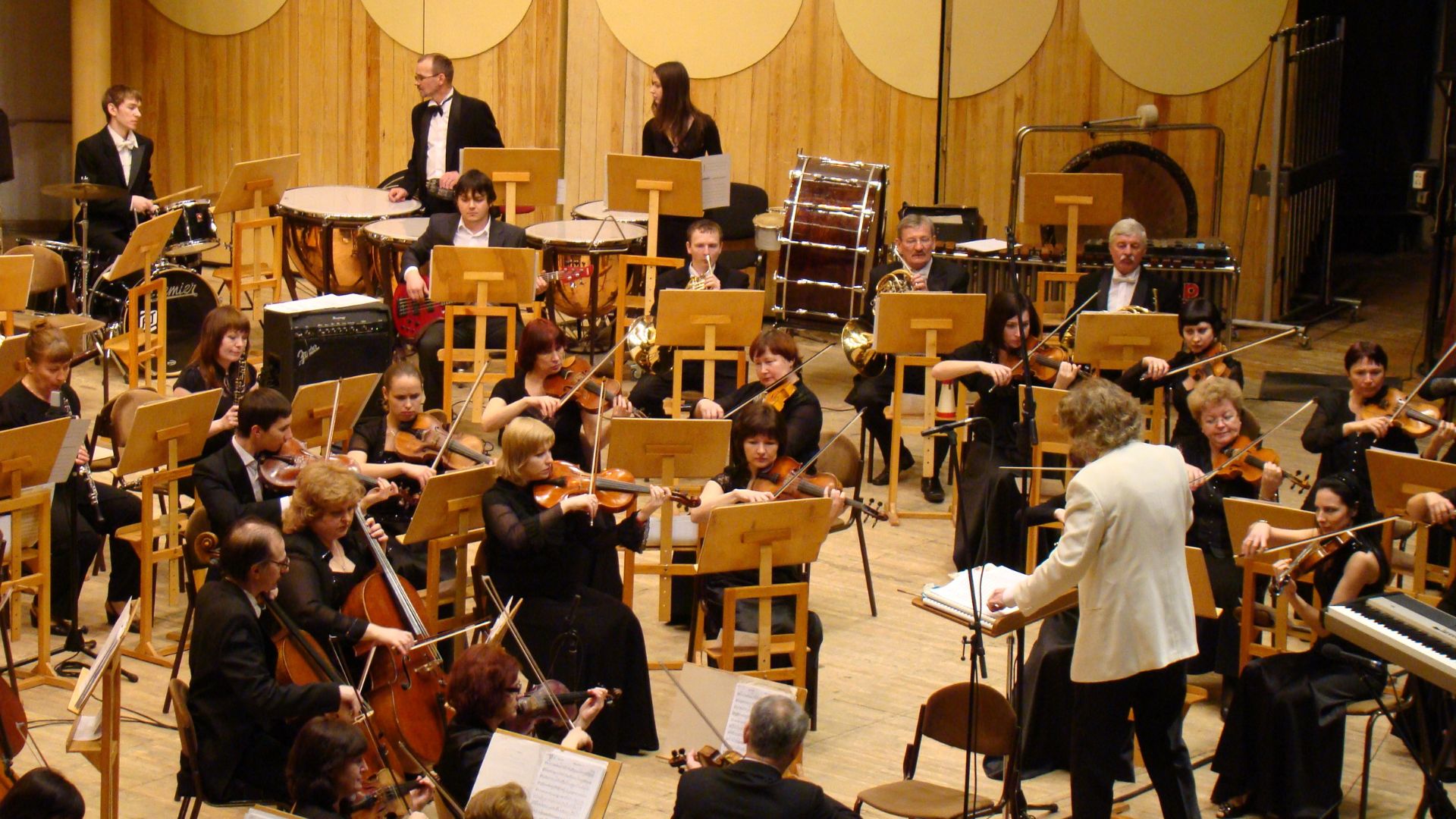

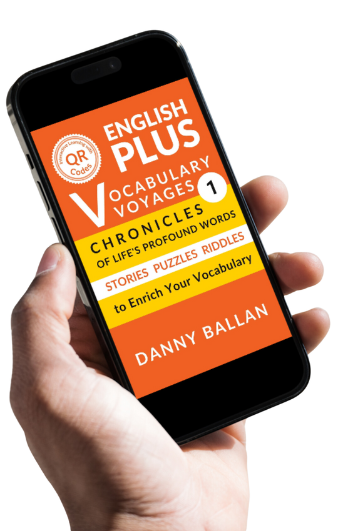



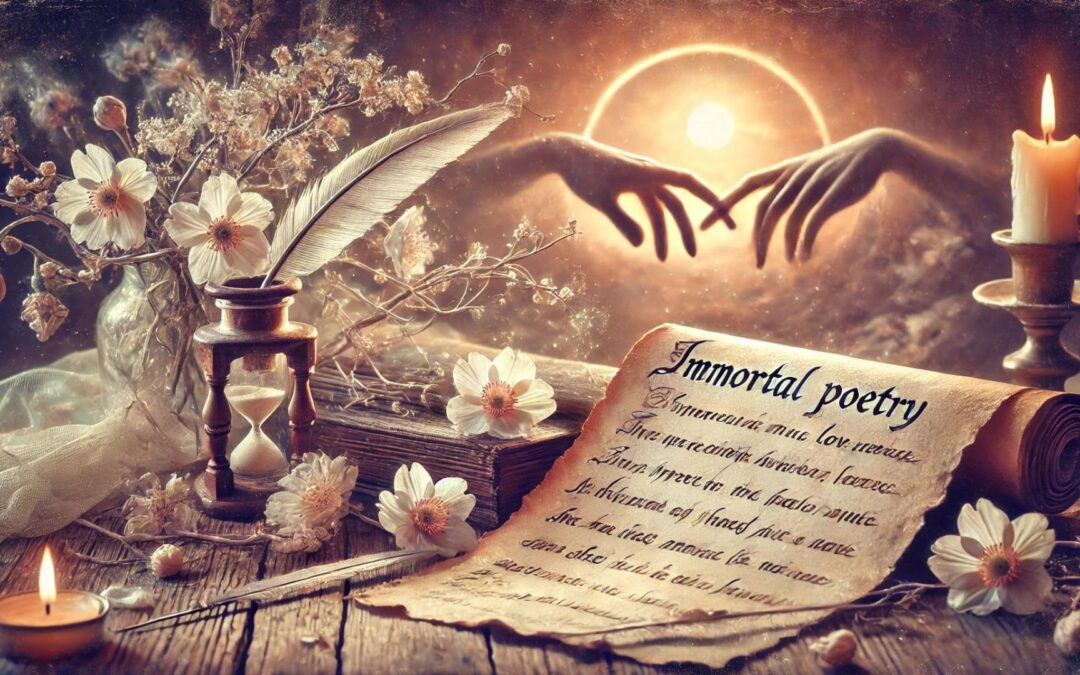
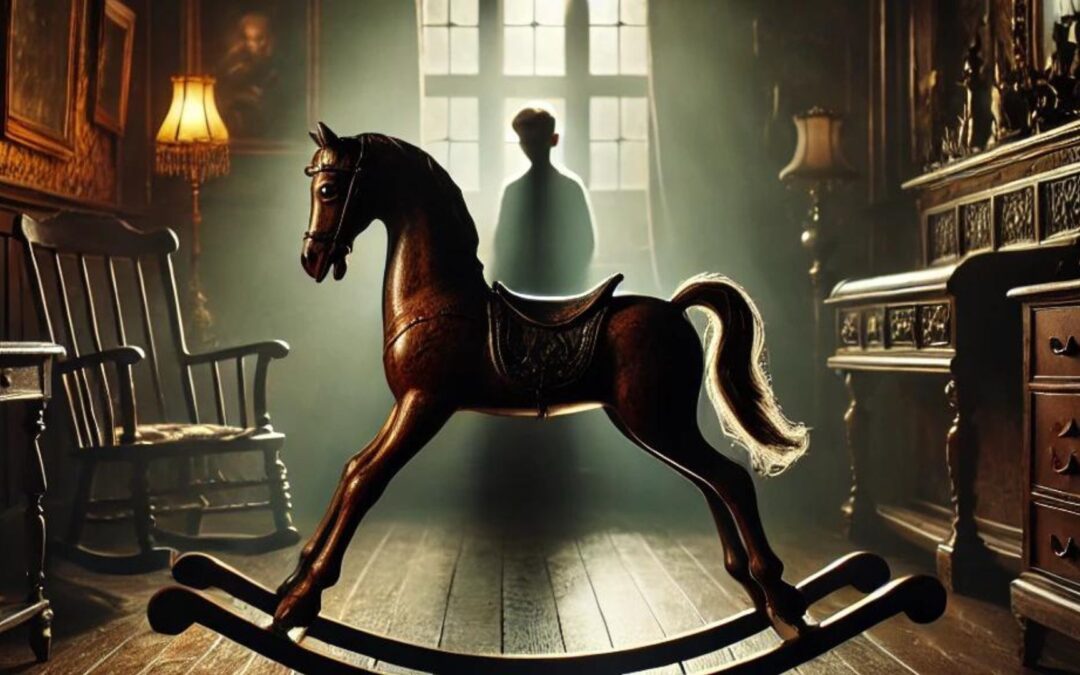
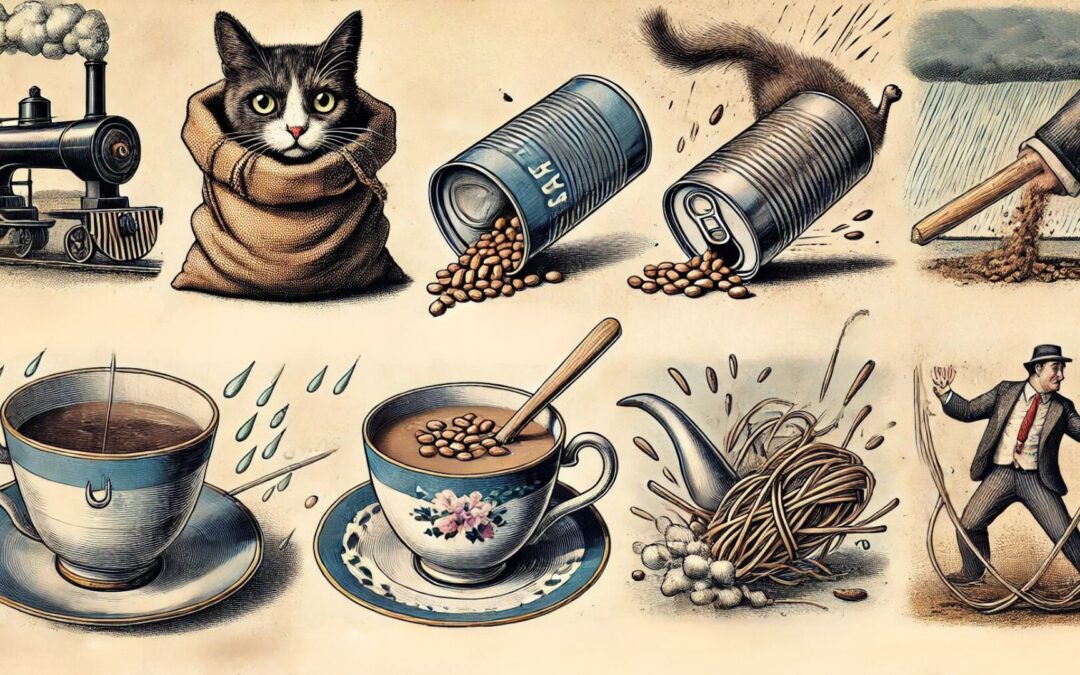



0 Comments